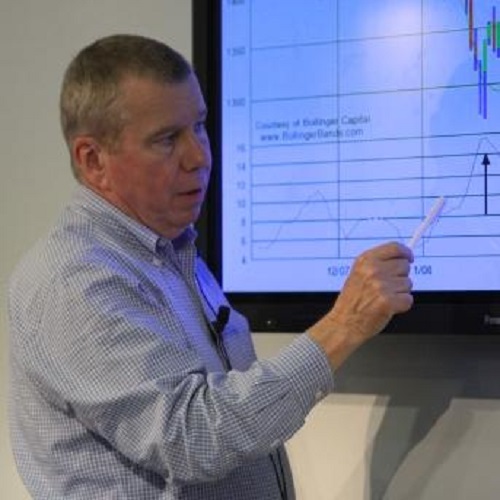Tips for trading high volatility currency pairs
The key to successfully trading volatile currency pairs is to control your risk through a trading plan including sound money and risk management rules.

Vaulting Over the Turmoil
The Forex market is one of the most liquid and volatile financial markets and there is a wide range of factors (fundamental and technical) that can influence exchange rates, liquidity and volatility. Volatility is usually measured using the standard deviation of a currency. It represents the likelihood of a currency to evolve away from its current price.
Of course, the higher the level of volatility, the greater risk a trader must bear. But, without volatility, it would be hard to profit from the markets, as the whole point of trading is to take advantage of price changes.
Volatility Differs for Major, Minor and Exotic Currency Pairs
To trade highly volatile currency pairs, one must first be comfortable in trading the less volatile ones such as NZD/USD. It is then possible to move onto the more volatile and liquid ones, which are often referred to as “major currency pairs”.
In a volatile market, it is extremely important to have a trading plan.
It is important to follow a trading plan and not get waylaid by a short-term trigger that is against the trend. It is far easier to be a successful long-term trader rather than a short-term trader in a volatile market, so one should first practice with long term trades.
There are also technical indicators dedicated to helping traders spot volatility spikes, such as the Bollinger Bands, the Average True Range (ATR), Average Directional Index (ADX), and the Donchian Channels.

Another important rule traders follow is to trade with the trend and not against it, as the trend will outlast the volatility of the market.
It is best that to learn the more conventional chart patterns as this enables recognising the general trend even during a highly volatile period for the pair being trading. If the trader uses fundamental analysis in his/her trading, he/she should make sure that the news being trading on is with the trend and not against it.
If the trader is unable to recognise a particular trend, it is best that not to get involved in any currency exchange trading, as one may quickly lose one’s trading capital.
Risk and Money Management Rules to Follow
In addition to trading with the trend, it is important to make sure that one has sound money and risk management rules in place. Examples of these include using stop-loss and take-profit orders, modifying leverage, and controlling the size of positions.
Using these methods will prevent any unexpected events that can trigger a loss.
Stop orders should be placed in a position so that they are not triggered too soon. When trading volatile currency pairs, placing stop orders 10 or 20 pips below or above your breakeven price is far too close and likely to be triggered by volatility rather than trend movement. A general rule of thumb for stop orders on volatile currency pairs is at least 40 pips. At this level, it should not be triggered too quickly.
Check the latest highs and lows and place your stops for a buy just below the most recent low, and for a sell, just above the most recent high.
Another tip for trading volatile currencies is to not trade too many pairs in a single trading session.
While diversification is important, it is best is to focus one’s trading strategy on fewer currency pairs and trade them consistently. This way, one can gain proper knowledge of their characteristics and what makes them move higher or lower.
Most currencies are generally impacted by central bank decisions. This is because central bankers decide on a country’s monetary policies (interest rates, quantitative easing programs, reserve requirements, etc.). It is therefore important to monitor the evolution of economic statistics that are important for central bankers, such as those linked to employment, inflation, and growth.
When choosing to focus on a certain pair, remember to consider correlation in the Forex market as this can mitigate overall risk. Correlation refers to the link (or relation) between different currencies or currency pairs. For instance, it would be best to avoid having too many pairs based on the same counter currency, because every time the counter currency goes up or down, there is a high chance of an entire portfolio following the same movement.
Your risk management can be adapted depending on trading experience and knowledge of the underlying currency.
When one feels satisfied with one’s chosen currency pairs, one can reduce the number of pips for stop order placement. It is also wise to make sure that money management ratios or risk/reward ratios are high for every trade made. If the next trade has 150 pips potential and one has placed a 40 pip stop, the ratio for money management is 150/40 or 3.75 to 1, which is a positive and good risk/reward ratio.
Try and get the ratio as high as you can – the higher the better.
Keep an eye on your trades. If you notice that the price has moved the number of pips you placed as a spot past your entry point, place the stop at break even. As you begin to make a profit, adjust your stop so that you are always 40 pips away from the current price. Some platforms provide lagging stop-loss orders that do this automatically.
If you have traded several lots and you see that the price has moved very powerfully in your favour, you can cash out half the lots and move your stops to the breakeven point on your remaining lots and, if possible, ride out the trend.







